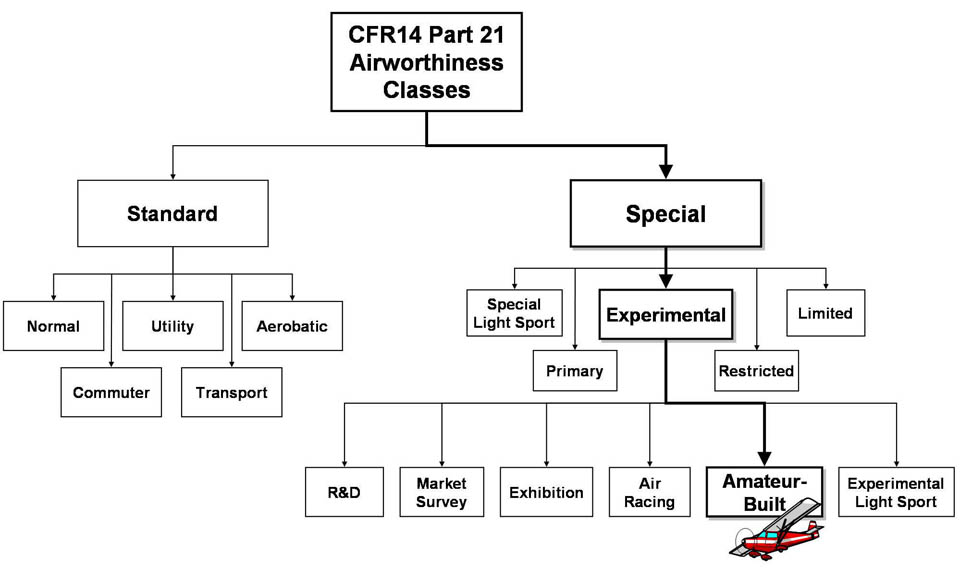If the FAA decided to come up with a certification scheme from scratch, it'd probably be a lot more logical. Instead, we're stuck with a system that has evolved over the past 80 years or so.
"Limited", for instance, is mainly to allow operating surplused ex-military aircraft in a civilian environment. This category probably wouldn't exist if it hadn't been for all the surplused aircraft after WWII. Boeing never received a type certificate for the B-17 (though the civilian version did receive one), but there were a lot of uses for a low-cost four-engine aircraft after WWII. Hence, the Limited category was used to allow these aircraft to be used in certain...limited....operations.
There are about 150 P-51 Mustangs on the US registry; only 15 of them are in Experimental category. Most (95) are in Limited. One is listed as Normal category.
"Restricted" exists primarily to support aircraft modified to support non-cargo non-passenger missions (ag applicators, etc.), Primary is a sort of pre-LSA category that the FAA tried out (only seven on the registry). Categories were apparently created whenever a situation arose that could not be easily handled under the existing categories.
The main difference between these and Experimental, I think, is that the FAA expects to keep a closer eye on Experimental aircraft. An Experimental certificate was never designed to be permanent; it has to be renewed every year. I suspect the Limited or Restricted aircraft might be subject to additional scrutiny, but their certificates don't expire annually.
"But Experimental Amateur-Built Certificates don't expire annually, either!"?
Perfectly true. But they did, originally. Used to be that homebuilts required an annual inspection *by the CAA/FAA*. They don't, anymore, as (probably) some other categories like Racing. Again, it reflects on how the certification scheme is a hodge-podge of definitions.
Ron Wanttaja





